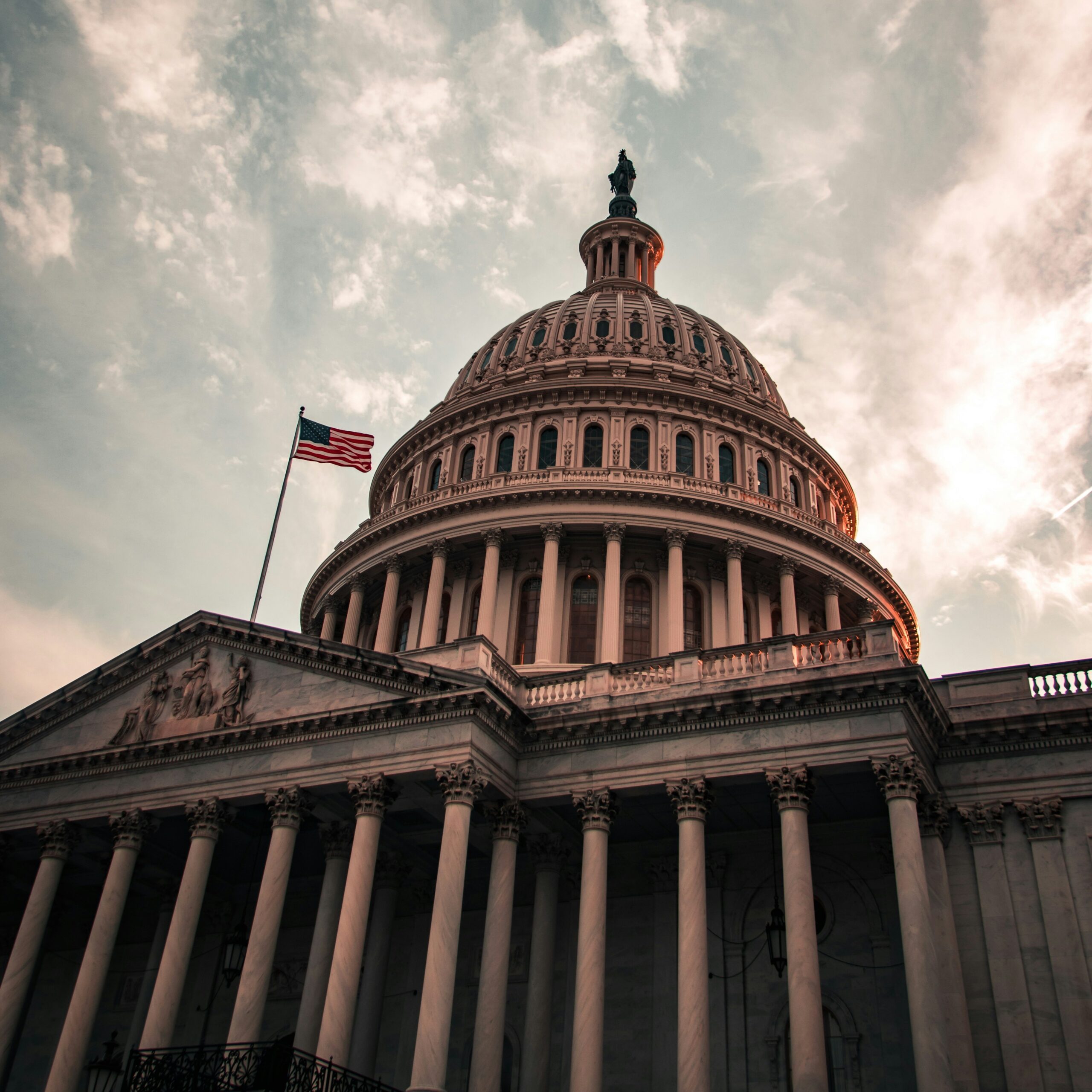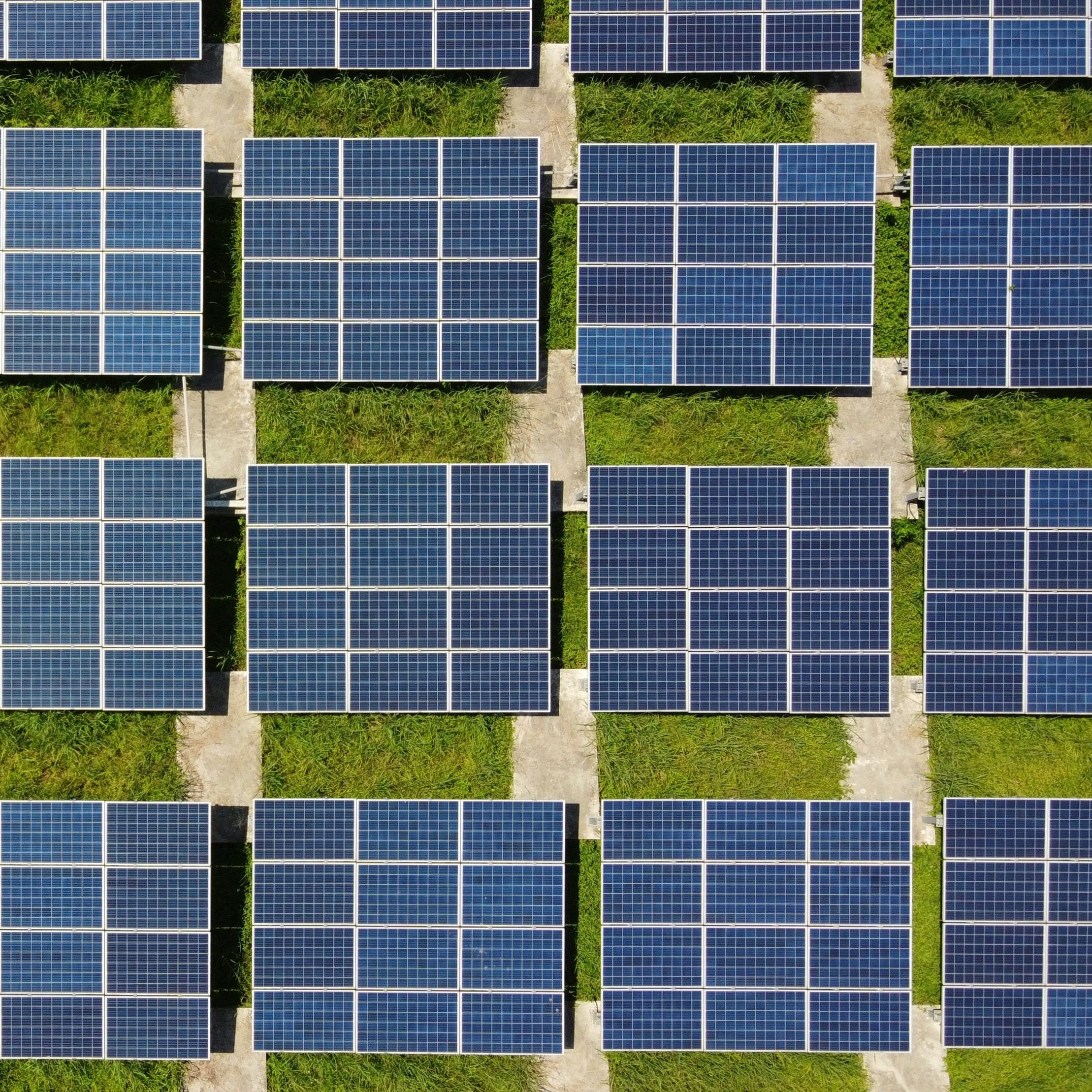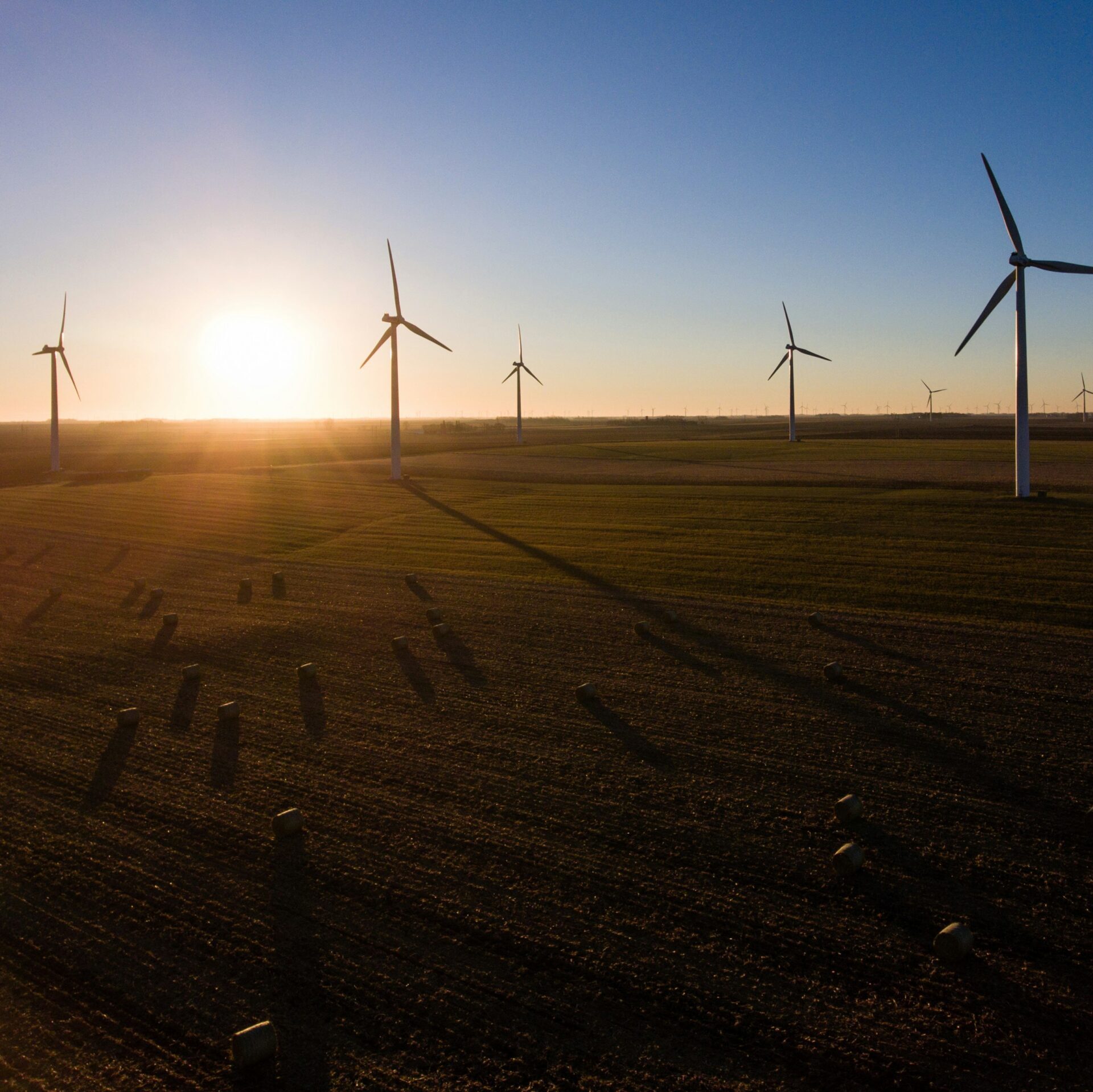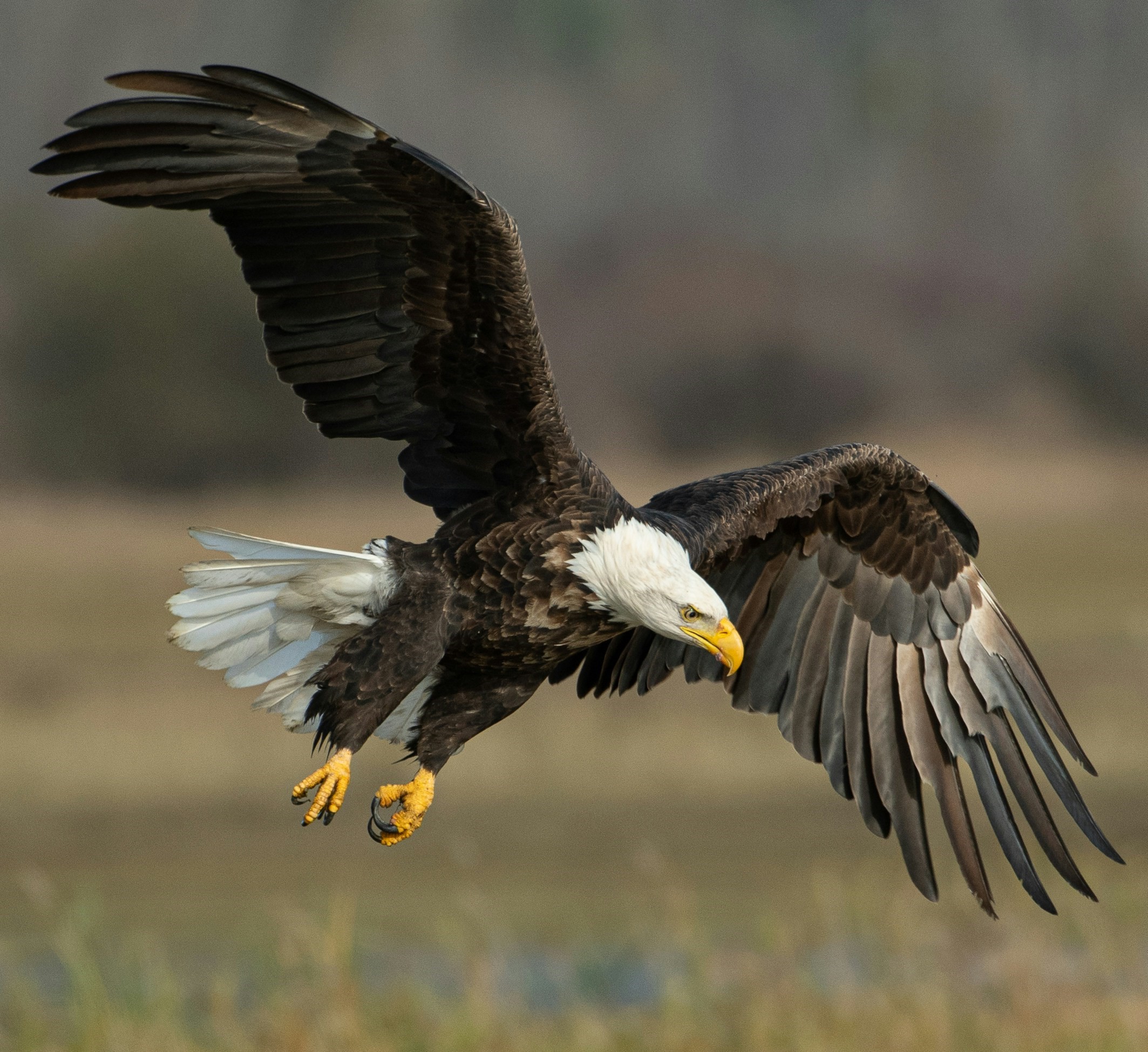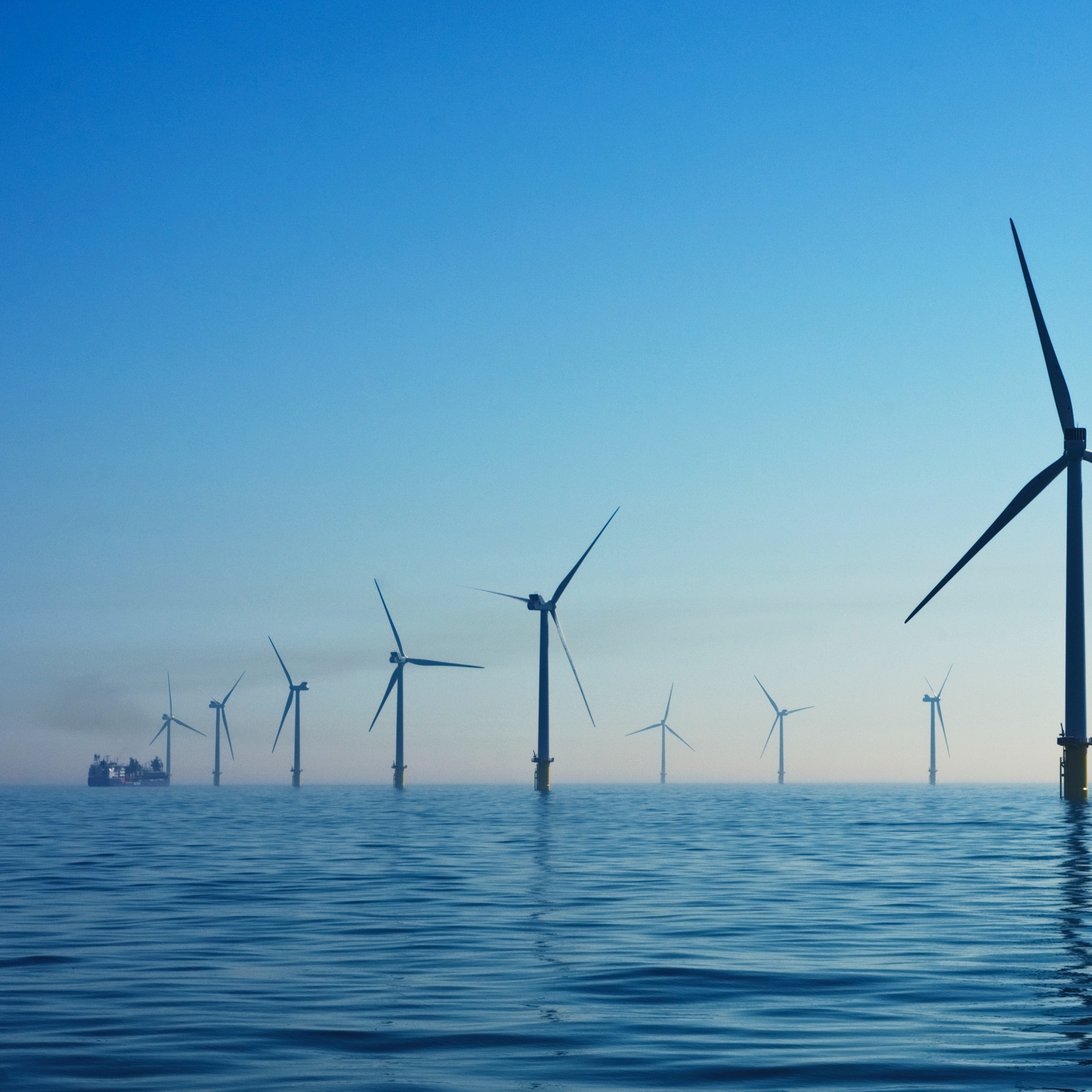Supreme Court Brings “Judicial Review Under NEPA Back in Line with the Statutory Text”
Despite all the press, the U.S. Supreme Court’s May 29, 2025, decision in Seven County Infrastructure Coalition v. Eagle County, Colorado (No. 23-975) actually does little to change NEPA, but developers of infrastructure projects will welcome the clarity it brings. The unanimous decision firmly roots itself in long-standing precedent to remind an often-confused federal judiciary that (i) agency decisions implementing NEPA must be accorded substantial deference; and (ii) NEPA review is limited to proximately caused effects such that the impacts of an agency action arising from a separate project do not have to be evaluated. [...]


